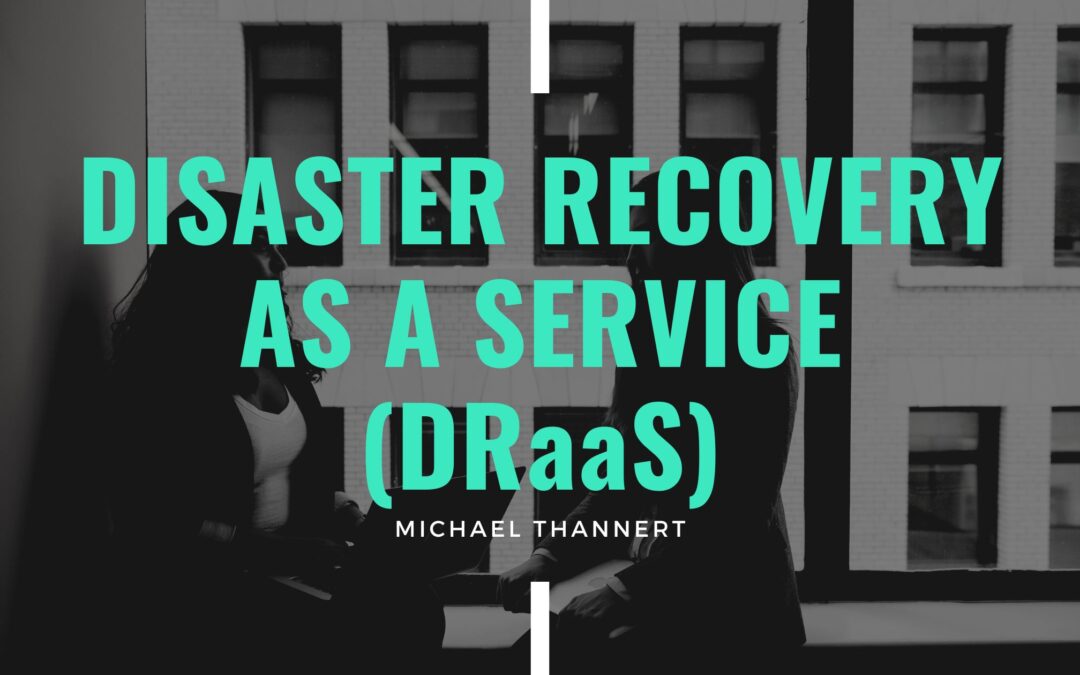Disasters can strike any moment, leaving businesses and organizations with severe consequences. Disruptions to normal operations can lead to significant financial losses, data loss, and reputational damage. Disaster recovery as a service (DRaaS) is a solution that helps businesses recover from natural or human-made disasters by offering them access to data recovery, backup, and restoration services.
DRaaS is a cloud-based service that provides businesses with backup and recovery of data, applications, and infrastructure. In a disaster, DRaaS can quickly and efficiently recover all the necessary data and systems, allowing businesses to continue operating with minimal downtime.
One of the main advantages of DRaaS is its affordability. To implement a disaster recovery plan, businesses must refrain from investing in expensive hardware or software. Instead, DRaaS providers offer companies access to their infrastructure, providing them with the necessary resources to recover their data during a disaster.
DRaaS providers also offer businesses flexibility in choosing the level of service they need. For example, companies can back up their data and applications daily, once an hour, or even in real time. This allows companies to customize their disaster recovery plan to their needs and budget.
Another advantage of DRaaS is the speed at which it can recover data. Traditional disaster recovery methods can take days or weeks to recover data, causing significant downtime for businesses. DRaaS can recover data in hours, reducing downtime and minimizing the impact on business operations.
DRaaS also provides businesses with an additional layer of security. Businesses can quickly recover their data and systems in a disaster, ensuring critical information is not lost or stolen. DRaaS providers also offer advanced companies security features like encryption and multi-factor authentication.
DRaaS is also scalable, meaning that businesses can easily adjust their disaster recovery plan as their needs change. As businesses grow and expand, they can increase their backup frequency or add additional applications to their recovery plan. This scalability ensures that companies are always prepared for any disaster, regardless of size or complexity.
Finally, DRaaS is easy to manage. DRaaS providers handle all the necessary tasks, such as backup scheduling, data restoration, and system monitoring. This allows businesses to focus on core operations and leave disaster recovery to the experts.
In conclusion, Disaster Recovery as a Service is an excellent solution for businesses looking to protect themselves from the consequences of disasters. DRaaS provides businesses with affordable, flexible, and scalable disaster recovery solutions that are easy to manage. By partnering with a DRaaS provider, companies can ensure that their critical data and systems are always protected, allowing them to continue operating even in the face of a disaster.

